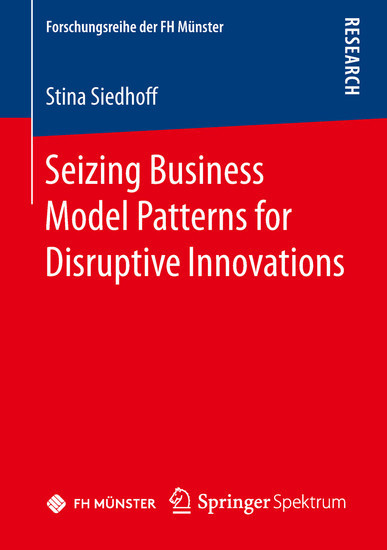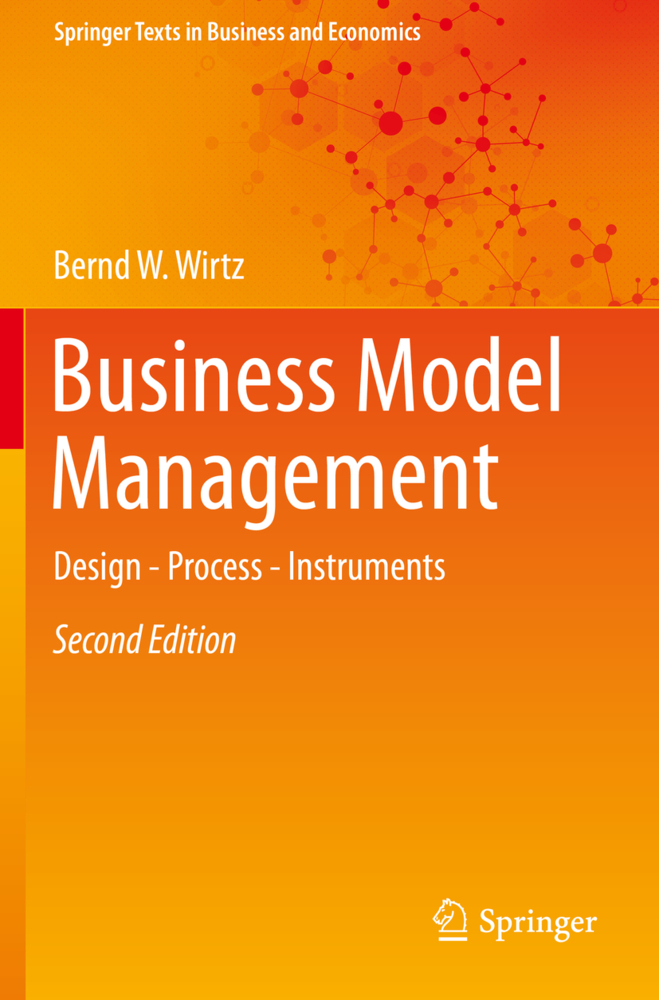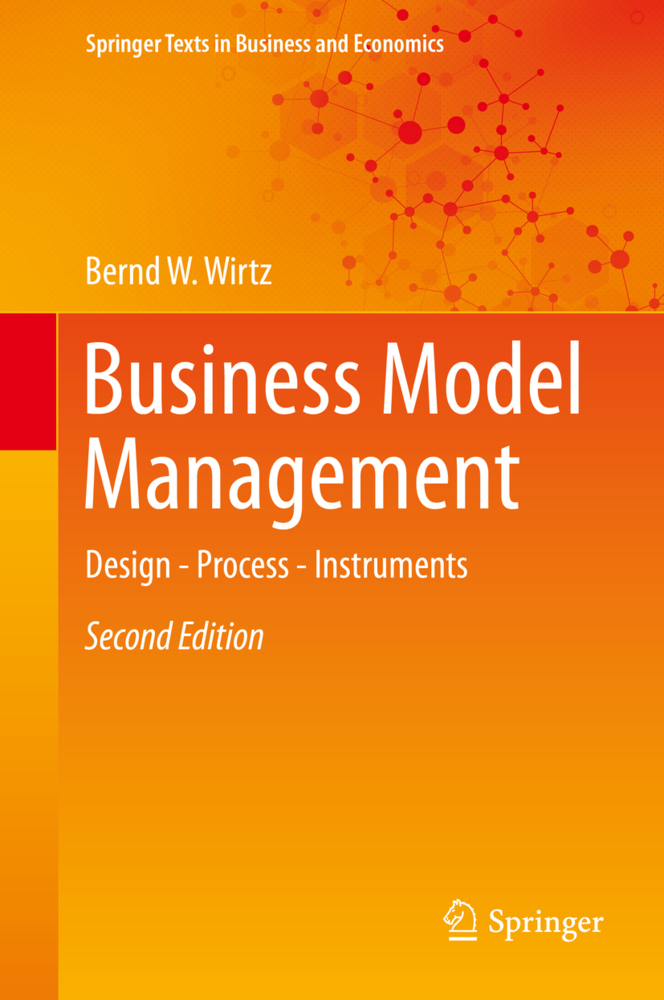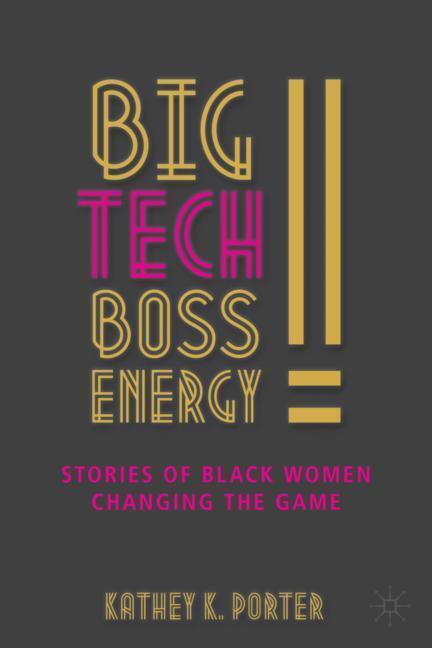Seizing Business Model Patterns for Disruptive Innovations
Increasingly transforming entire industries, the boundary spanning concept of disruptive innovation requires business models to change. This book adopts insights from the (activity) system theory and takes a design science approach for the development of an appropriate, comprehensive and structured business model artifact. Based on pattern analysis, the main contribution of this thesis is of design nature, transforming justificatory knowledge into a manageable instrument that supports the process of designing novel business models for disruption. Besides that, a theoretical contribution is made by bridging the knowledge gap of the interrelated disruptive innovation and business model concept.
Stina Siedhoff completed her master´s thesis under the supervision of Prof. Dr. Thorsten Kliewe at the Department of International Marketing and Sales at the University of Applied Sciences Münster, Germany. She works as an inhouse consultant for an online platform on market research, strategy and product development projects.
Stina Siedhoff completed her master´s thesis under the supervision of Prof. Dr. Thorsten Kliewe at the Department of International Marketing and Sales at the University of Applied Sciences Münster, Germany. She works as an inhouse consultant for an online platform on market research, strategy and product development projects.
1;Foreword;6 2;Table of contents;8 3;Abstract;11 4;List of figures;12 5;List of tables;13 6;List of abbreviations;14 7;1 Introduction;15 7.1;1.1 Research context and problem statement;15 7.2;1.2 Research objective;16 7.3;1.3 Structure of the thesis;17 8;2 Theoretical background;18 8.1;2.1 Disruptive innovation concept;18 8.1.1;2.1.1 Terminology and conceptualization of disruptive innovation;18 8.1.2;2.1.2 The role of business models in disruptive innovation;20 8.2;2.2 Business model concept;22 8.2.1;2.2.1 Conceptualization of business models;22 8.2.2;2.2.2 Business model as an activity system;24 8.3;2.3 Business model innovation concept;26 8.3.1;2.3.1 Conceptualization and classification of business model innovation;27 8.3.2;2.3.2 Business model innovation as a process vs. outcome;29 8.3.3;2.3.3 Artifacts for business model innovation;31 8.4;2.4 Synopsis and research question;39 9;3 Design science research;42 9.1;3.1 Overall research design;42 9.1.1;3.1.1 Research paradigm;42 9.1.2;3.1.2 Research method;44 9.2;3.2 Exploratory research design;49 9.2.1;3.2.1 Exploratory research method;50 9.2.2;3.2.2 Sampling;52 9.2.3;3.2.3 Data collection and preparation;53 9.2.4;3.2.4 Data analysis;54 10;4 Results and discussion of exploratory research;57 10.1;4.1 Results;57 10.1.1;4.1.1 Descriptive analysis;57 10.1.2;4.1.2 Content analysis;61 10.1.2.1;4.1.2.1 Problem identification and objective of a solution;61 10.1.2.2;4.1.2.2 Business model patterns for disruptive innovations;64 10.2;4.2 Discussion;69 10.2.1;4.2.1 Purpose and scope;69 10.2.2;4.2.2 Justificatory knowledge;73 10.2.3;4.2.3 Principles of form and function;75 11;5 Prescriptive research design;76 11.1;5.1 Design construction;76 11.1.1;5.1.1 Design as a search process;76 11.1.2;5.1.2 Design as an artifact;78 11.2;5.2 Design evaluation;79 11.2.1;5.2.1 Design evaluation method;79 11.2.2;5.2.2 Sampling;80 11.2.3;5.2.3 Data collection and preparation;81 11.2.4;5.2.4 Data analysis;81 11.2.5;5.2.5 Role of the researcher;82 12;6 Results and discussion of prescriptive research;83 12.1;6.1 Results;83 12.1.1;6.1.1 Design construction: low-resolution artifact;83 12.1.2;6.1.2 Design evaluation;88 12.1.3;6.1.3 Design (re)construction and communication;89 12.2;6.2 Discussion;95 12.2.1;6.2.1 Principles of implementation;95 12.2.2;6.2.2 Testable propositions;97 12.2.3;6.2.3 Constructs and expository instantiation;97 12.2.4;6.2.4 Artifact mutability;98 13;7 Conclusion;100 13.1;7.1 Contribution;100 13.1.1;7.1.1 Contribution to theory;100 13.1.2;7.1.2 Contribution to practice;102 13.1.3;7.1.3 Contribution to methodology;102 13.2;7.2 Limitations;102 13.3;7.3 Further research;104 13.4;7.4 Concluding remarks;105 14;References;106 15;Appendices;124 15.1;Appendix 1: Coding structure;124 15.2;Appendix 2: Pattern matrix;196 15.3;Appendix 3: HMW brainstorming questions on problems organizations encounter when designing business models for disruption;199 15.4;Appendix 4: Decision matrix for ideation stage;208 15.5;Appendix 5: Design Thinking evaluation workshop, Minutes;212 15.6;Appendix 6: Elements of the Design Theory for BMI in the context of DI;215
Siedhoff, Stina
| ISBN | 9783658263362 |
|---|---|
| Artikelnummer | 9783658263362 |
| Medientyp | E-Book - PDF |
| Copyrightjahr | 2019 |
| Verlag | Springer Spektrum |
| Umfang | 215 Seiten |
| Sprache | Englisch |
| Kopierschutz | Digitales Wasserzeichen |







